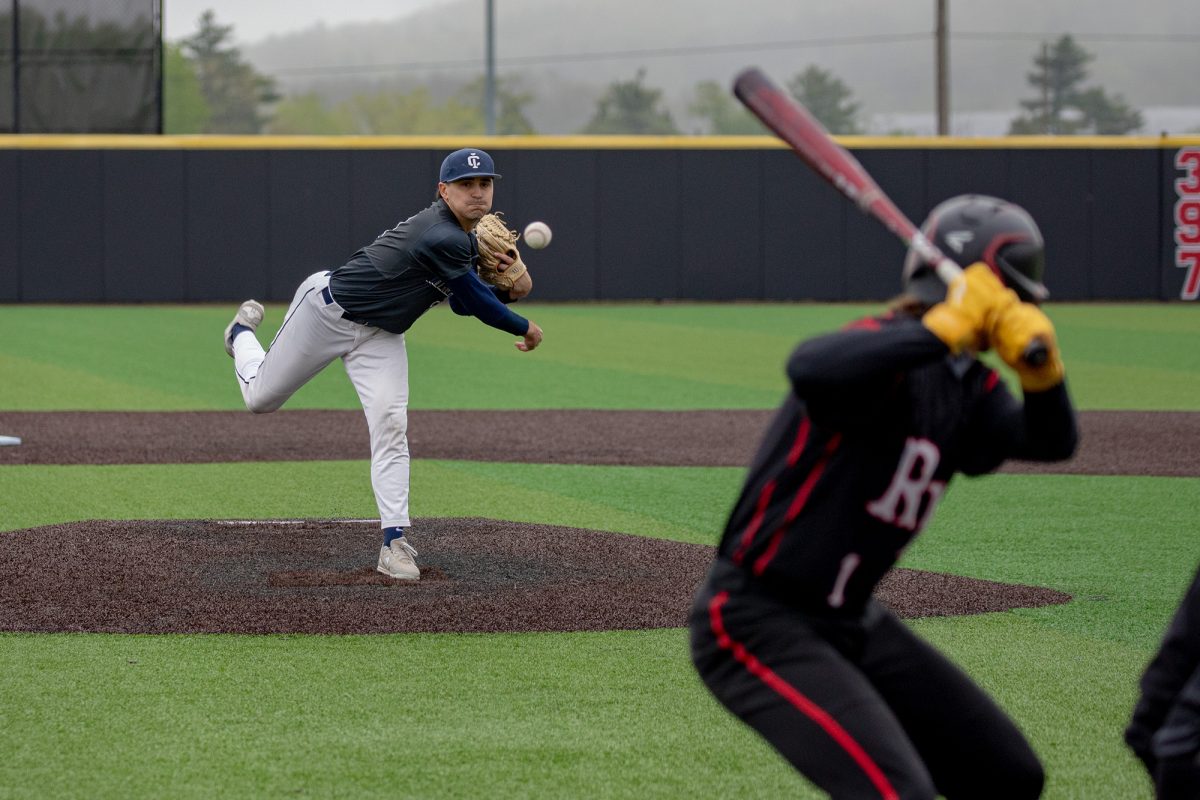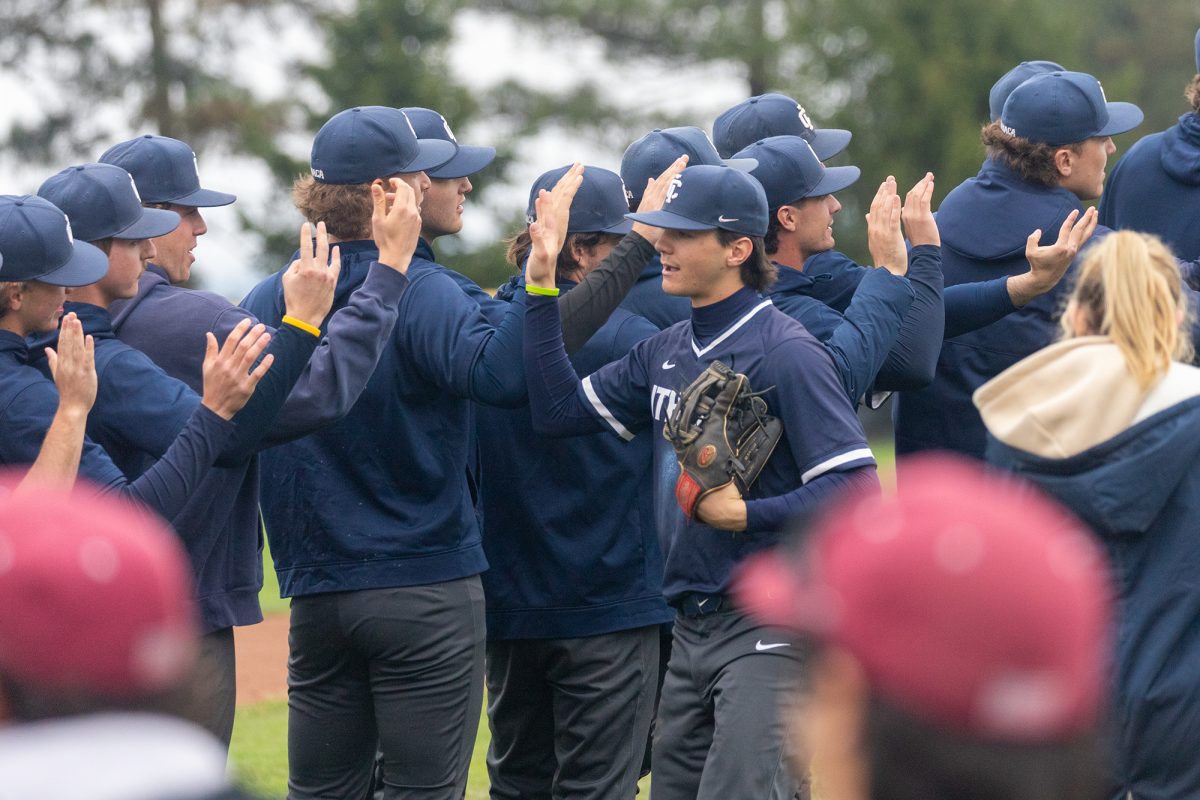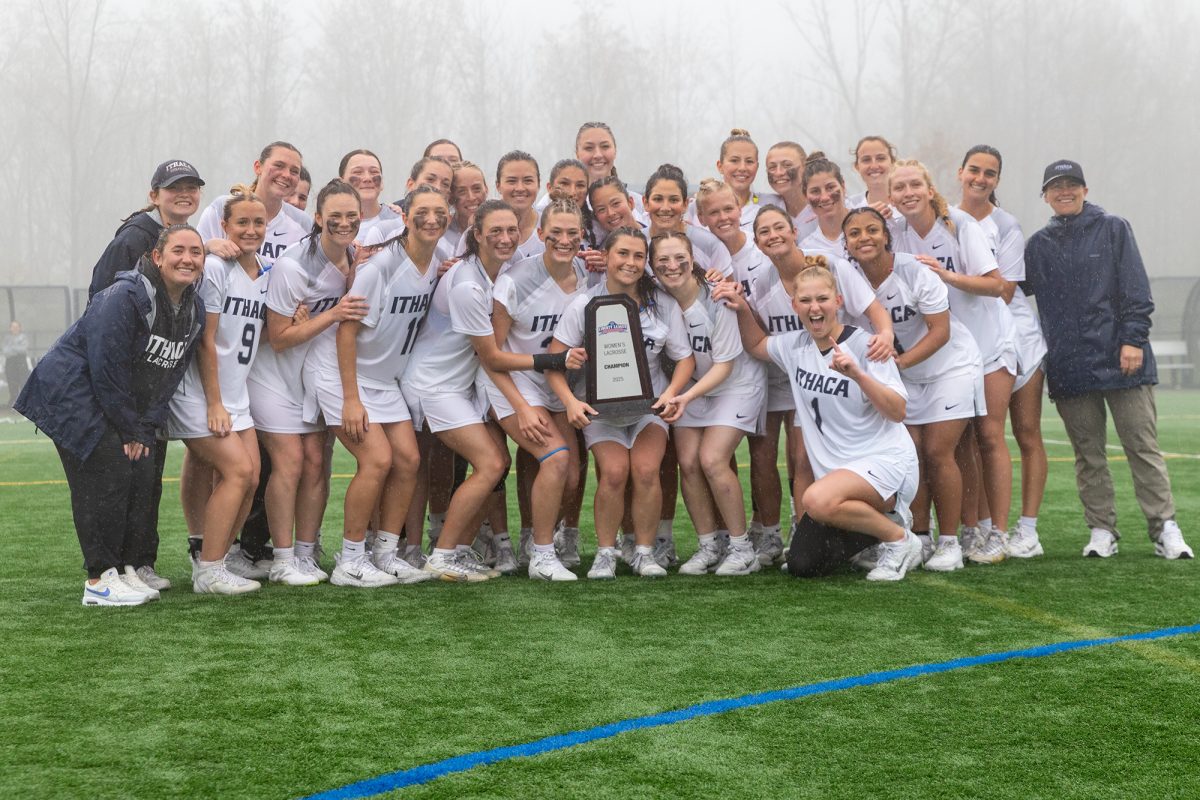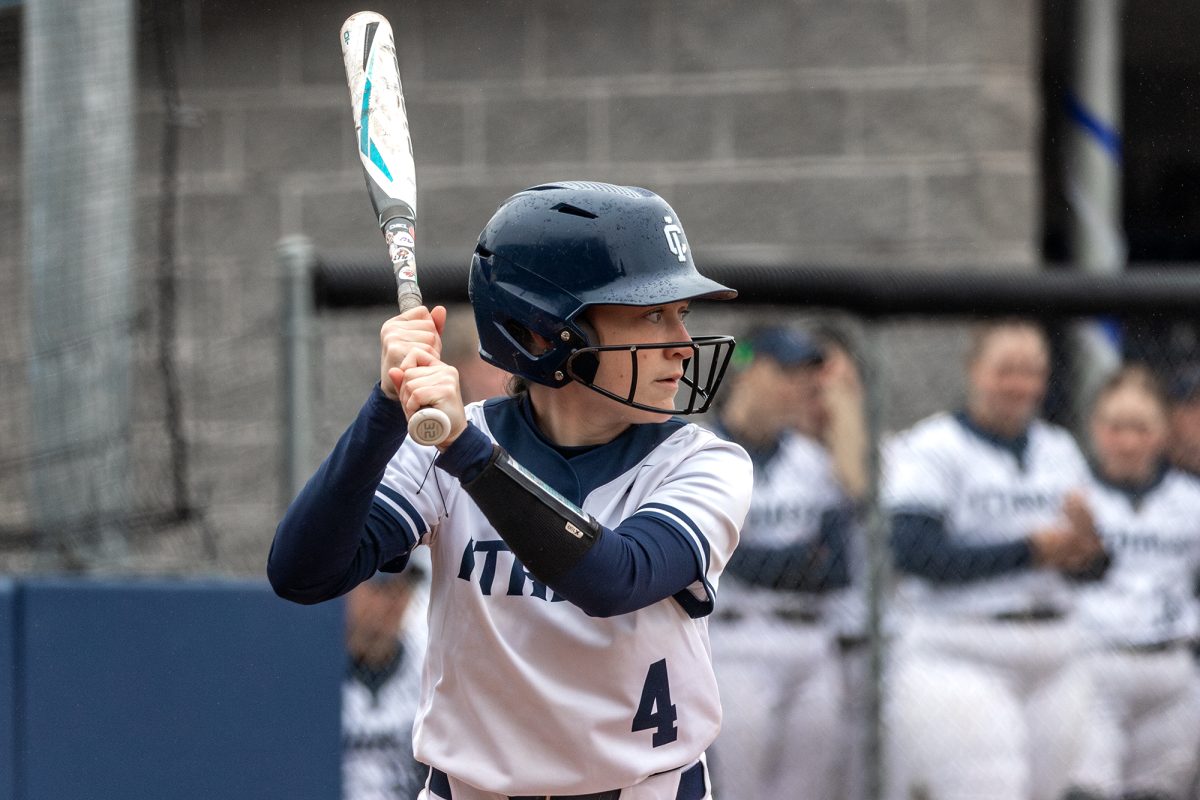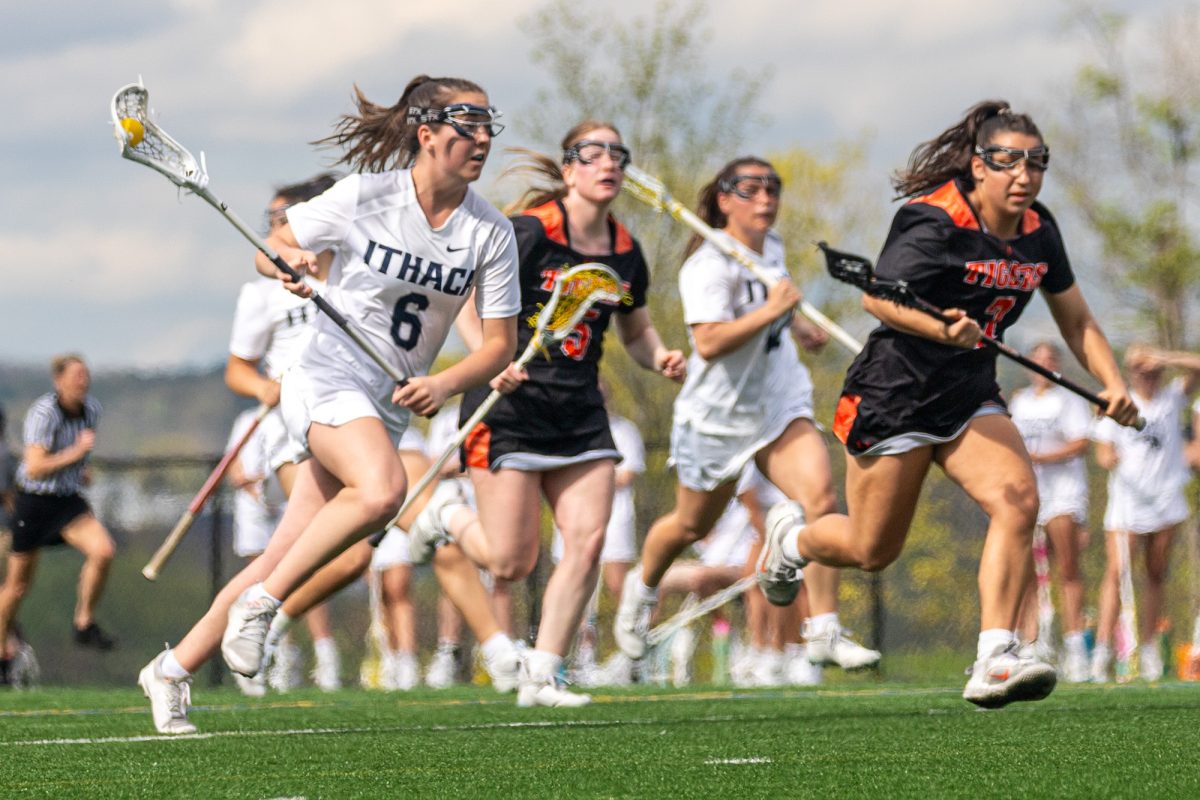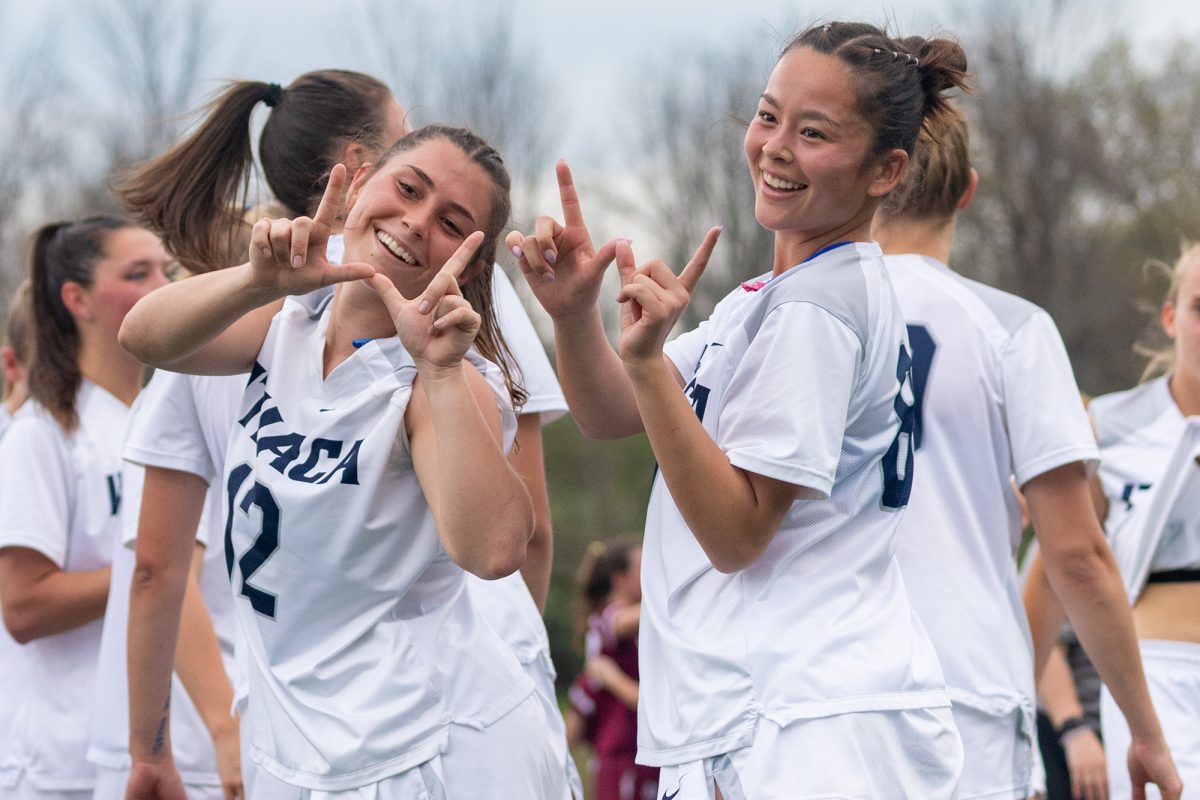For the women’s crew first varsity 8 boat, finding rhythm and synchronization in its stroke, aside from holding a firm grip on the oars, is structured around catch and release.
Rowers work simultaneously, pulling the oar toward their chests, while extending their legs to gain stability and power. A typical crew stroke is composed of four parts: the catch, drive, release or extraction, and the slide or recovery.
The catch is the point where the oar enters the water, with the drive being the sweep of the oar until it’s “released” from the water. The slide or recovery is when rowers move forward on their sliding seat, holding the oar’s face parallel to the water, until they reach the sternmost point to begin the stroke with the catch again.
Returning seven of the eight rowers from last season, as well as senior coxswain Kaitlin Ahl, the women in the first varsity 8 understand that maintaining this efficient stroke is key in the boat’s success.
“In terms of our start sequence, we all know what the lengths are,” junior Kerin Murphy, who rows in the eight seat or stroke seat in the first varsity 8, said. “So it’s a matter of matching it in terms of slide length. It’s just a lot of focusing on quickness and acceleration through the drive and lengthening out … but at the same time being able to draw the boat under and really fall into a rhythm that the whole group gets.”
While finding that rhythm takes time to develop, this group’s familiarity and understanding with one another contributes to maintaining stroke rate and timing.
“During the race, it’s mostly just working with Kaitlin as coxswain and feeling the rhythm of the boat,” Murphy said. “We’ve rowed together for a good period of time now, and we just constantly focus on trying to work together. It’s all kind of about feeling more so than actual counting in your head.”
For the rowers, being able to feel and know when they are synchronized is something they develop over time.
“It’s also one of the things everyone can feel in the boat run,” Ahl said. “It’s really great when everyone can feel it and can get that feeling together. It’s obvious when things may look obviously wrong or things aren’t clicking together. But it’s really the most important when everybody can feel it all together.”
This sense of togetherness and working as a unified group translates to every rower having a certain level of trust in one another and reliance on all members to do their part in the boat.
“Trusting in your teammates is definitely a big thing,” junior Amy Gefell said. “Trusting in the people in your boat, it’s motivating to know the girls in front of you and the girls behind you are all pulling their hardest every single stoke.”
From shorter, faster strokes at the beginning of the race to the boat’s goal of 40 beats or strokes per minute in its sprint at the end, the stroke rate changes and finding that pace where everyone falls into rhythm is key.
“It’s to the point where you can read the girl’s back in front of you,” senior Stephanie Levesque said. “You can tell when she’s going to pick it up. So basically having that communication and reading body language is a huge contribution and attribute [to the boat].”
Recognizing when the boat is off and at what precise point the stroke is offbeat, Ahl — as coxswain — cues the boat on how to most effectively correct the issue.
“It takes nine people to row a boat,” Gefell said. “We’re all responsible in our own way. If that happens, Kaitlin calls us back up, she gives us some feedback, we feel it, and we work together, and we adjust and we fix it.”
The rowers of the varsity 8, ranked No. 3 in the nation, will continue to work on fine-tuning their stroke rate as they start the season. The athletes displayed a strong collaborative effort Saturday at the first regatta of the season, winning by more than 25 seconds against No. 8 William Smith College.
“Our boat as a whole has a lot of faith in each other,” Levesque said. “We’re all working our hardest to better things. We’re comfortable. We know our strengths. We know our weaknesses, and we know how to work together as a boat.”


